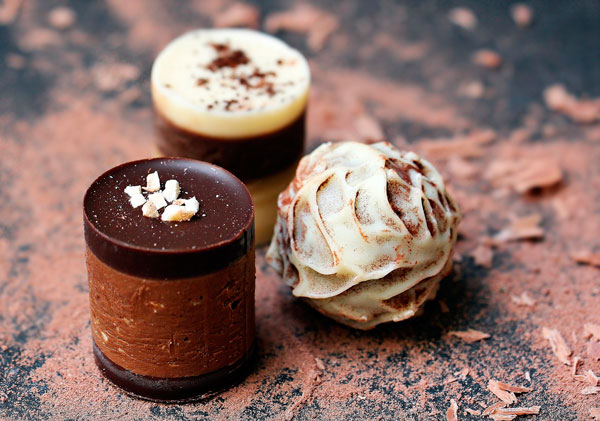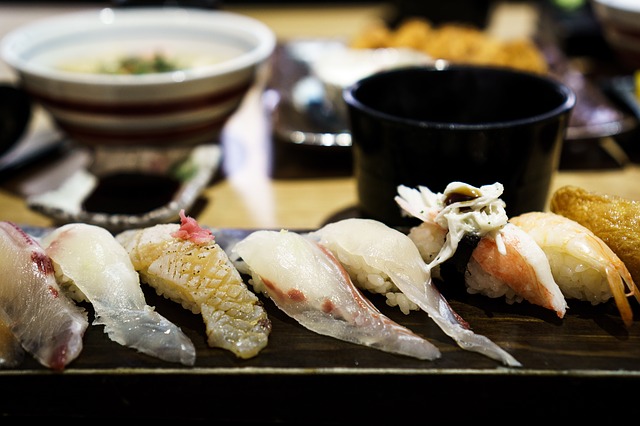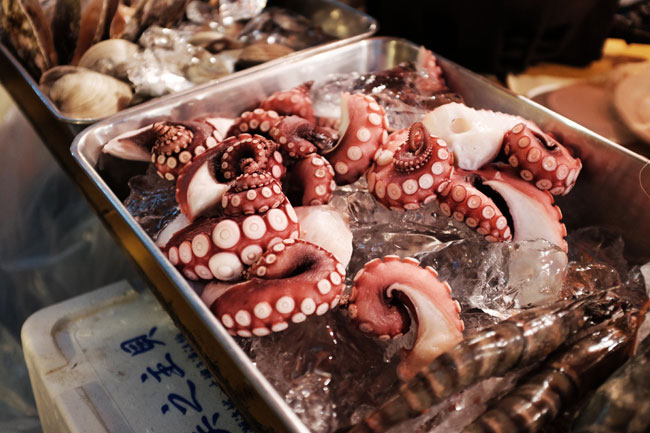Choosing the perfect gift
When considering the country of origin, a few classic chocolate producers immediately come to mind. Although there are many excellent British chocolatiers, these cannot beat the fame and popularity of Belgian, Swiss and French products. Most of the well-known brands also come from these countries, competing against the biggest producer, America—where the bestsellers are candy bars.
Real chocolate experts can go much deeper into the origin dilemma. It is not only the country that processes the chocolate, or the cacao beans, that matter, but the region where the plant was grown, too. The territory, the climate, the other plants around, and the soil are only a few to be mentioned of the many factors that affect the flavours and tones of the final product.
In regards to the flavour, we cannot rule out the classics. For example, pralines—which brought Belgium to become one of the top producers of the world—ganaches, and creams will always be amongst the favourites. On top of these, most chocolate houses offer seasonal creations using Christmas spices, or feature typical dishes and desserts that are transformed into a smaller treat.
Quality
Regardless of the origin and flavour, there is one thing that we cannot compromise on: The quality. Chocolates, as with all other products, are made for sale, meaning that the main factor driving their production is profit. This often leads companies to use cheaper alternatives for some of their ingredients.
When it comes to chocolates, producers tend to use palm oil or other vegetable oils to replace cocoa butter, which is the finest (and consequently the most expensive) type of fat to work with in the industry.
The price of cocoa beans moves on a wide scale. For both our health and pleasure, it is better to go for quality over quantity and choose a more expensive, but trustworthy brand.
The cocoa content is also worth a check—the higher it is, the less sugar your chocolate contains. However, the higher percentage doesn’t necessarily mean better quality or taste—these chocolates can still be made with cheap beans—but generally it forecasts a good standard. The smoothest, richest milk chocolates tend to contain around 25-30 percent cocoa, while a good semi-sweet, or dark chocolate should be above 50-55 percent.
Article courtesy of S. Schwartz from Leonidas. Leonidas’ new range inspired by the theme of Snow Globe includes chocolates made with 100% pure cocoa butter. With seasonal specialities, including a Christmas almond cream, Praliné with coffee macaron, mandarin ganache, or the Belgian favourite, Spéculoos (spicy biscuit) praline.



